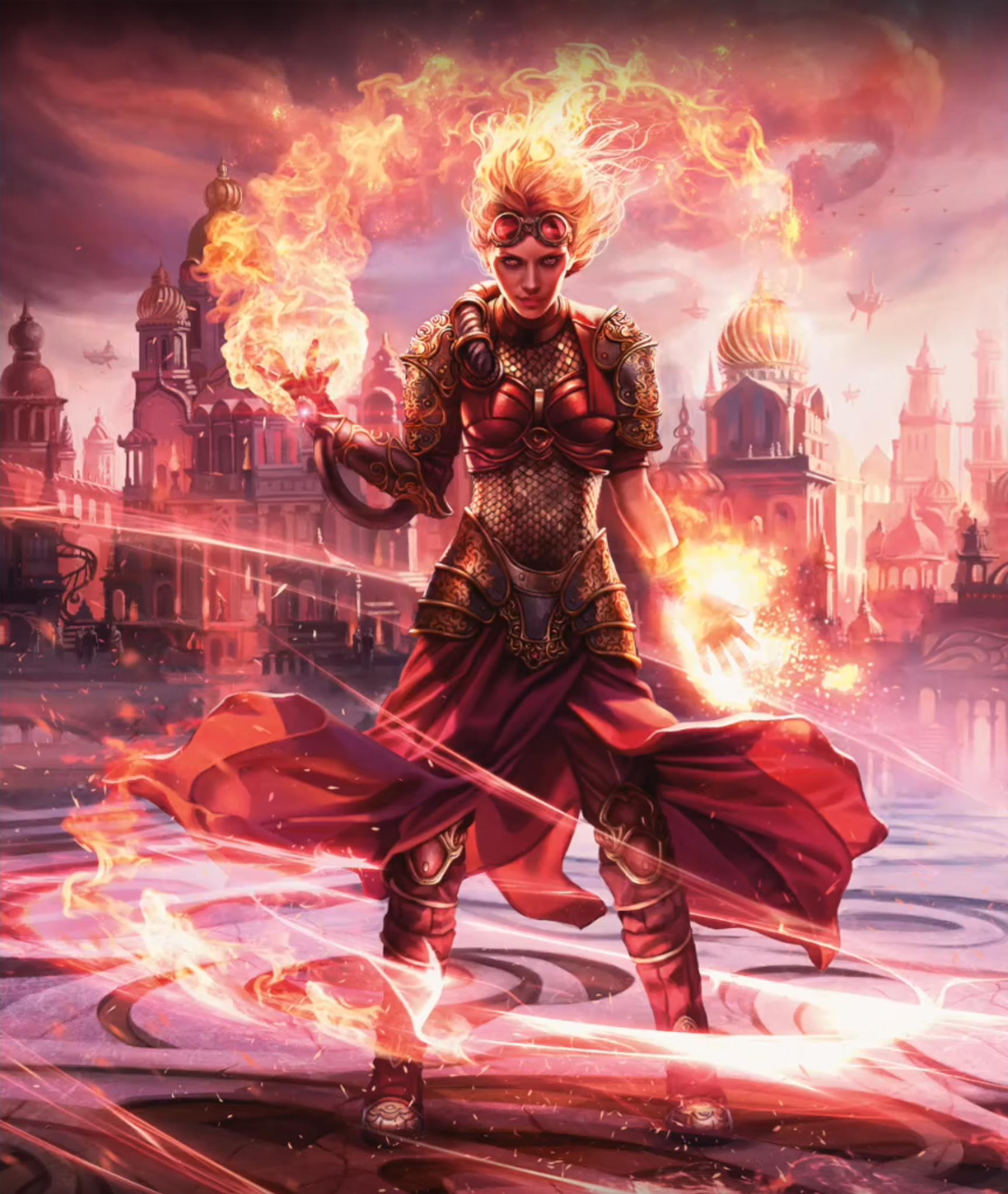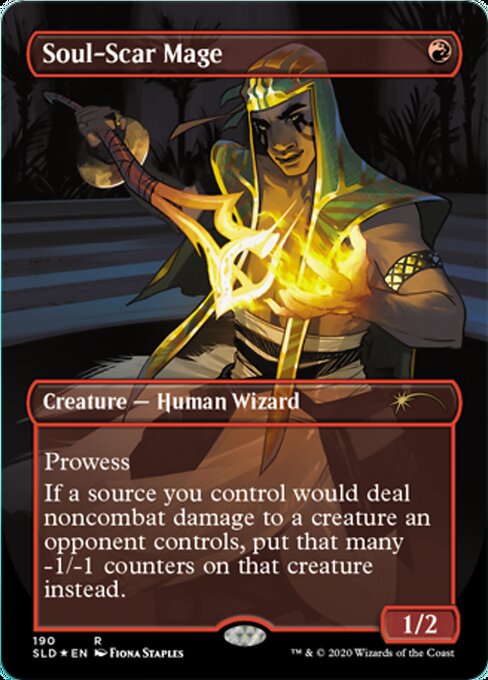Are you a Quiet Speculation member?
If not, now is a perfect time to join up! Our powerful tools, breaking-news analysis, and exclusive Discord channel will make sure you stay up to date and ahead of the curve.
The Challenger Deck series (which releases early next month) is a significant moment in MTG finance. The premise behind these decks is that they are basically Standard Preconstructed decks that don't suck. What a novel idea, right?
Basically, Challenger decks are the backbone of actual competitive Standard decks and will include a high concentration of cards that are desirable, retailing for $29.00. Let's take a look:
Hazoret Aggro
Positives of Challenger Decks for the Market
Wizards has been much more proactive about finding and creating more ways to sell cards to players. They are not just pushing packs of random cards these days! Masters Edition reprint sets, From the Vaults, Commander decks, and now Challenger decks are all ways that Wizards of the Coast has been able to essentially insert themselves into the secondary marketplace. Wizards is not an online store like SCG or CFB where a collector can go and buy any card, but they have certainly become much more interested in finding ways to sell cards outside of new expansions.
The question is whether this trend good or bad for Magic fans?
On the one hand, an obvious pro is that it helps keep the price of Magic staples under control. Sky-high $250 Tarmogoyfs and $150 Scalding Tarns are a relic of the past. All of these reprints have personally cost me money on my Magic investments over the past five years, but I cannot deny that the process has also done a lot of good toward making the game much more accessible to a wider audience.
Seeing $100 Standard singles and $200 Modern singles is bad for Magic as a game. If people don't play Magic, the collectible value also fails. I want Magic to be huge, and the only way for it to grow and expand is to branch out and find new players. Challenger decks provide new players with a way to save some money as they expand their horizons and try out FNM and other tournament formats, and that's a good thing
Negatives of Challenger Decks for the Market
On the other hand, Wizards throwing its hat into the ring as a discount Standard single retailer has serious consequences for the secondary market. In particular, it is going to have a huge effect on influencing Standard single prices.
Chandra has held a $20- to $40-price tag for most of her stay in Standard, but maintaining that price tag seems impossible when I can buy an entire deck including a copy of Chandra for $29. I think this is an obvious trend that will apply to all chase cards that are printed in current and subsequent Challenger decks.
So anytime that I buy or trade for Standard cards in the here and now, I'll need to take into consideration that there may be a Challenger deck coming down the pipeline that will significantly tank the value of my acquisition. The tradeoff becomes fairly obvious: The Challenger decks will reduce the cost of entry to Standard for newer players by offering a high concentration of staple cards at a discounted rate, but this reduction comes at the cost of diminishing the value of the cards already in circulation.
For me, as a person who does Magic finance, it creates a situation where I now have zero interest in buying or owning Standard cards that I don't explicitly need for tournament play. In fact, I don't even particularly want to own those cards, and I'll likely be looking to borrow from now on. The flipside of the coin is that the format defining cards that do not see reprints in Challenger decks will be apt to gain value. Packs have an established price, $3.99, which means that if the Challenger decks tank the singles that get reprinted, the non-reprint cards are likely to climb. It is not dissimilar to what we see in Modern via Modern Masters reprints.
Once the spoiler for a new Masters set is posted, we can assume two things:
- All cards that were reprinted increase in supply and the price dips.
- All cards that were not reprinted dramatically increase their likelihood of gains.
There will certainly be a Standard guessing game that is based around betting on which cards will or won't end up in Challenger decks. If your picks are in the Challenger decks – you lost. If your picks don't get reprinted – you won.
So Where Is the Money?
Well, it would appear that the lion's share to be made from this innovation will be channeled from the consumer to retailers and to Wizards. It's hard for secondary investors who are not selling the Challenger decks direct to the consumer to really gain from these new sets, especially when we consider the fact that it is likely to diminish the value of Standard singles. There is clearly potential to "hit" on guessing the cards that won't be reprinted to make a profit, but it also seems likely to miss and lose value.
The addition of Challenger decks into the Magic economy leads me to believe that finance becomes even more about being able to quickly turn over cards into spikes and not be left holding the bag when the decklists are released. There is already a fair amount of this phenomenon at play in Standard and Modern, and I expect these new decks reward financiers for continuing to hone their skills at quickly flipping cards.
If you want to know where I think the money is really at, I do have a get-rich-quick scheme that I'm not personally going to initiate because it's too much work and I have a lot on my plate at the moment. That said, I think the conditions are ripe for a "Deck Loaning service" to really take off.
I believe this is true because, for the first time in two decades of playing Magic, I'd actually use such a service to play Standard tournaments and believe others would as well. Despite the fact that I don't really enjoy playing Standard compared to other formats of Magic, I still end up playing between two and five Standard Grand Prix per year. I'd rather pay to borrow a deck than actually own it for myself (since the cards are likely to greatly degrade in value over the course of subsequent weeks and months).
For me, Standard cards are a sunk cost. I don't want to buy a $400 deck to play once, and trying to borrow 75 unique cards from friends and stores is a chore. At this point, I'd like to be able to send my list to a lending service and pick it up before round one of the GP.
Long story short, Challenger decks are going to make it even more difficult to find value in investing in Standard cards. While this is good for new players, as it reduces cost to entry, it makes Standard cards an even worse investment than they were before; which isn't to say that there isn't money to be made by buying low and selling into price spikes, but it adds the equivalent of a reprint set (Challenger Decks) into the equation where it didn't exist before. Plan accordingly.









Do you see any potential for WOTC to do a similar product for Modern? It would not surprise me to see that happen, given them backing off of Master sets
It’s also important to note that stores must purchase the Challenger decks in the 2x of all 4 decks “case”, which means that if only one of the decks is really in demand (like the red one is from this series) we may end up with a “Mind Seize” scenario again in which stores refuse to restock them because only 1/4 of them sell and the stores are forced to discount sell the other 3 just to get their money back.
What really surprised me is the card counts. I correctly predicted Fatal Push would be in one of the decks, so I sold out, but what I didn’t predict was it would only be as a 1x. This took me by surprise, because it’s an uncommon. WotC likes to pretend they don’t acknowledge the secondary market, yet aren’t they doing just that by having it at 1x? This card should have been a 3x-4x.